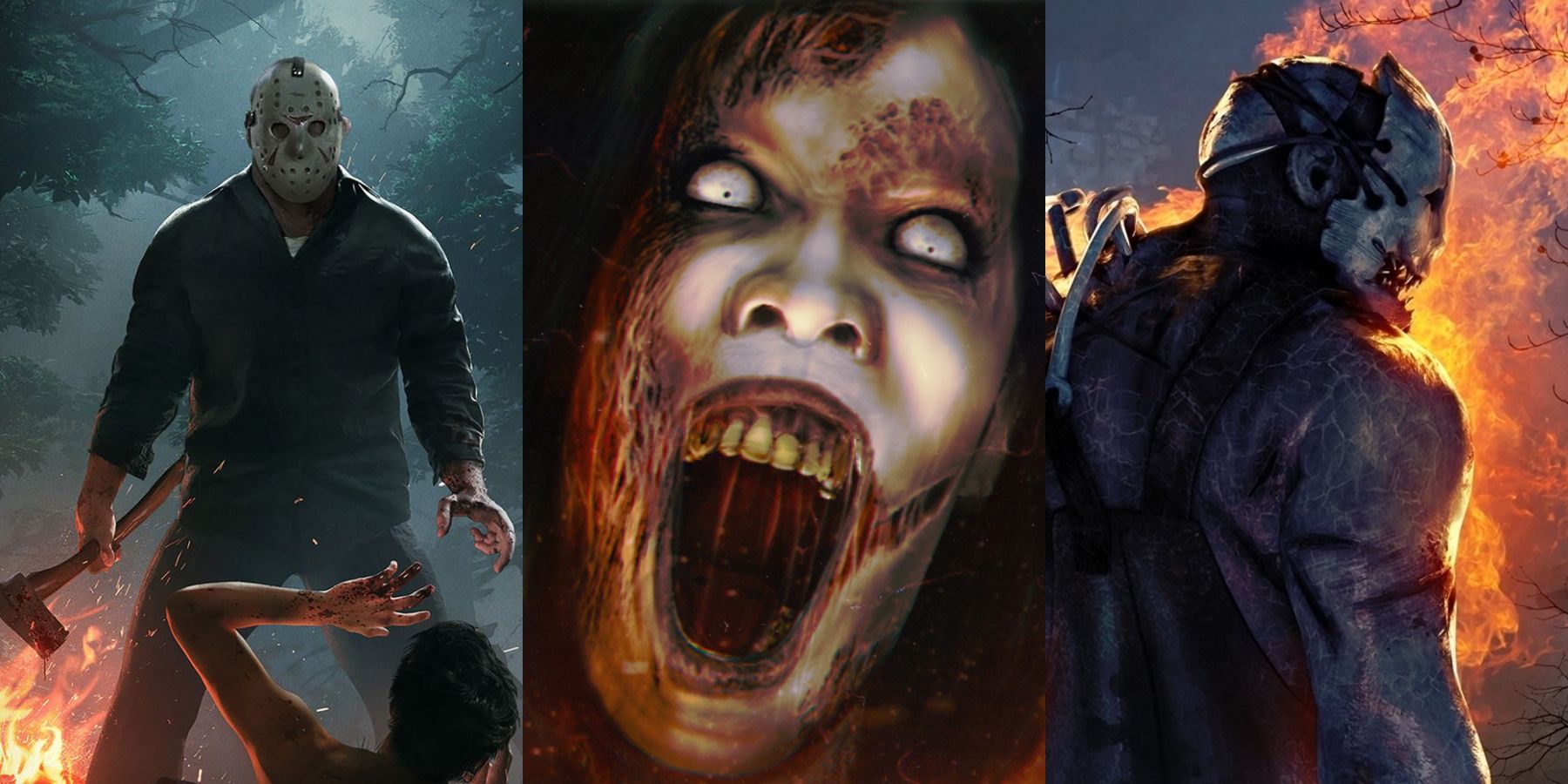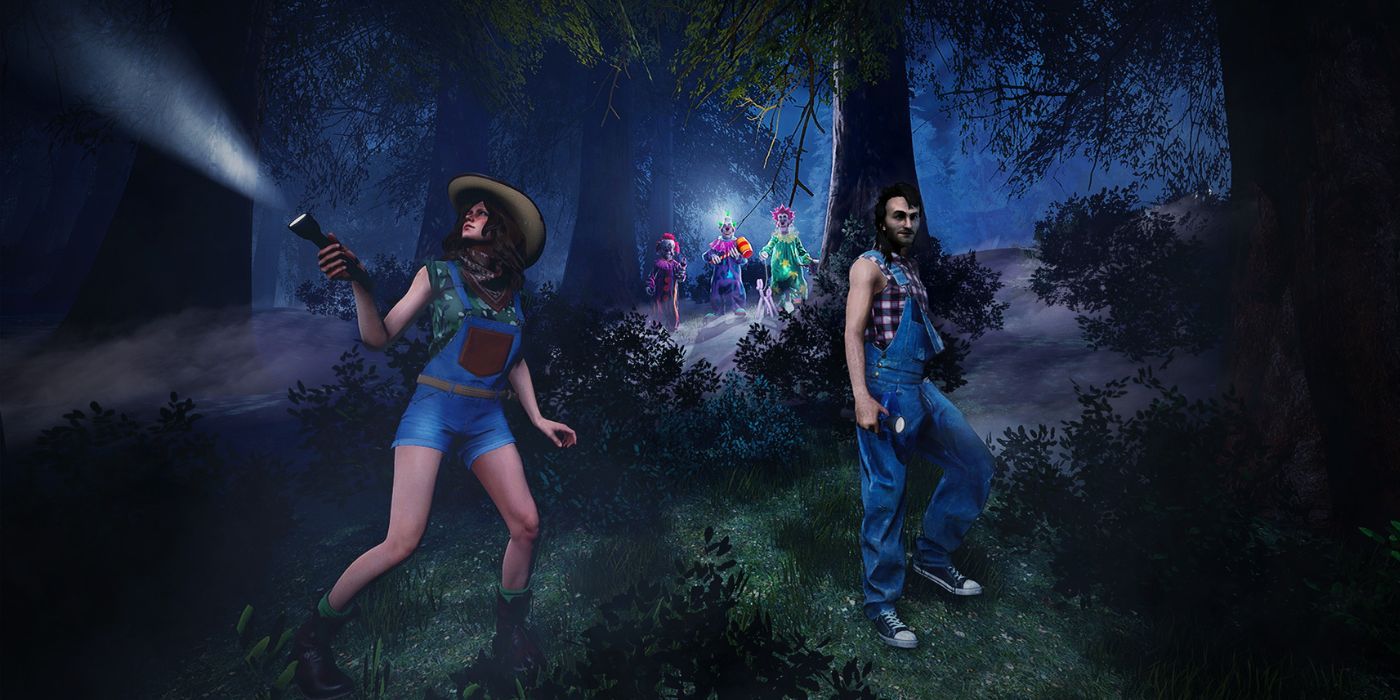Releasing multiplayer horror games like Dead by Daylight is rapidly becoming a trend that needs to be stopped. Because they can be enjoyed by a variety of people, more developers have felt the need to incorporate terror with a cooperative factor to make their games more popular and approachable. However, this often means that they completely sacrifice any semblance of a scary experience, because most of their mechanics manage to make players feel safer and more confident.
One prominent mulitplayer type is the Dead by Daylight asymmetric premise, in which a player becomes the creature that must prevent the others from completing tasks and escaping. Another type is the one prominent in games like Phasmophobia and DEVOUR, in which players are united against different kinds of horrific monsters that threaten their lives, often needing to complete a variety of tasks to succeed. While they can be horrifying, as seen in the way Dead By Daylight terrifies streamers, they are regularly doomed by various other factors and mechanics.
There are several issues with these games that contribute to them being less scary than other horror titles, but the main problem comes from the fact that they are typically exclusively multiplayer experiences. Uniting players so that they achieve certain goals makes them feel more confident and secure, since they’re not facing the dangers of the environment alone. This can frequently contribute to the breaks in immersion most horror titles rely on to be scary, and, in worst cases, make the game feel more comedic than horrifying.
Safety In Numbers Is An Issue In Multiplayer Horror
Making players feel alone and unsafe in an unknown environment greatly contributes to creating terrifying experiences in horror games. Titles like Song of Horror and The Mortuary Assistant regularly pair this feeling with a crushingly tense atmosphere to make players even more nervous. Song of Horror creates concise doses of terror by using its ambiance, making every sudden change in the environment meaningful, noticeable, and terrifying. In The Mortuary Assistant, however, this is used to make jump scares more effective, be them complex sequences or merely strange things happening during regular tasks.
This is not the only way horror can be impacted by having only one player. In other games, this feeling of being completely alone in a threatening location is frequently used to isolate the player even further. Outlast uses this to separate the protagonist from the rest of the patients in the Mount Massive Asylum, which makes them feel very uneasy whenever a task requires them to approach a crowded area. However, in multiplayer horror, none of these tactics can be used to build a scary experience, because their cooperative aspect makes players feel safer. And, given most players communicate with each other during sessions, even when one of them plays as the horrific monster, these games can even become comedic, creating space for jokes about their mechanics and setting.
All of this can destroy whatever terrifying experience could be built in these games, and with most of them having similar premises and mechanics, multiplayer horror games are becoming more and more repetitive, resulting in fewer novel gameplay mechanics. Although some of them manage to be unique enough to shine a light in new ways to make players scared and nervous, most of them become either boring or comedic after a few sessions. Whenever Dead by Daylight gets a new villain, for instance, it can bring some true scares back until the novelty wears off. This is a clear indication that the defining features of the genre need to be revised before continuing to make more titles, especially in such a large scale.


